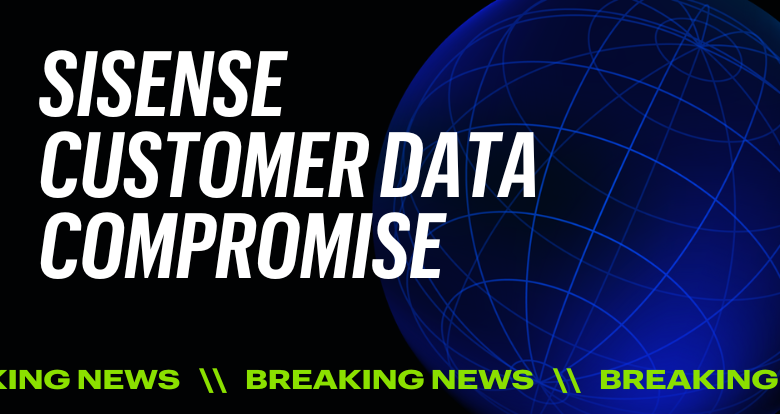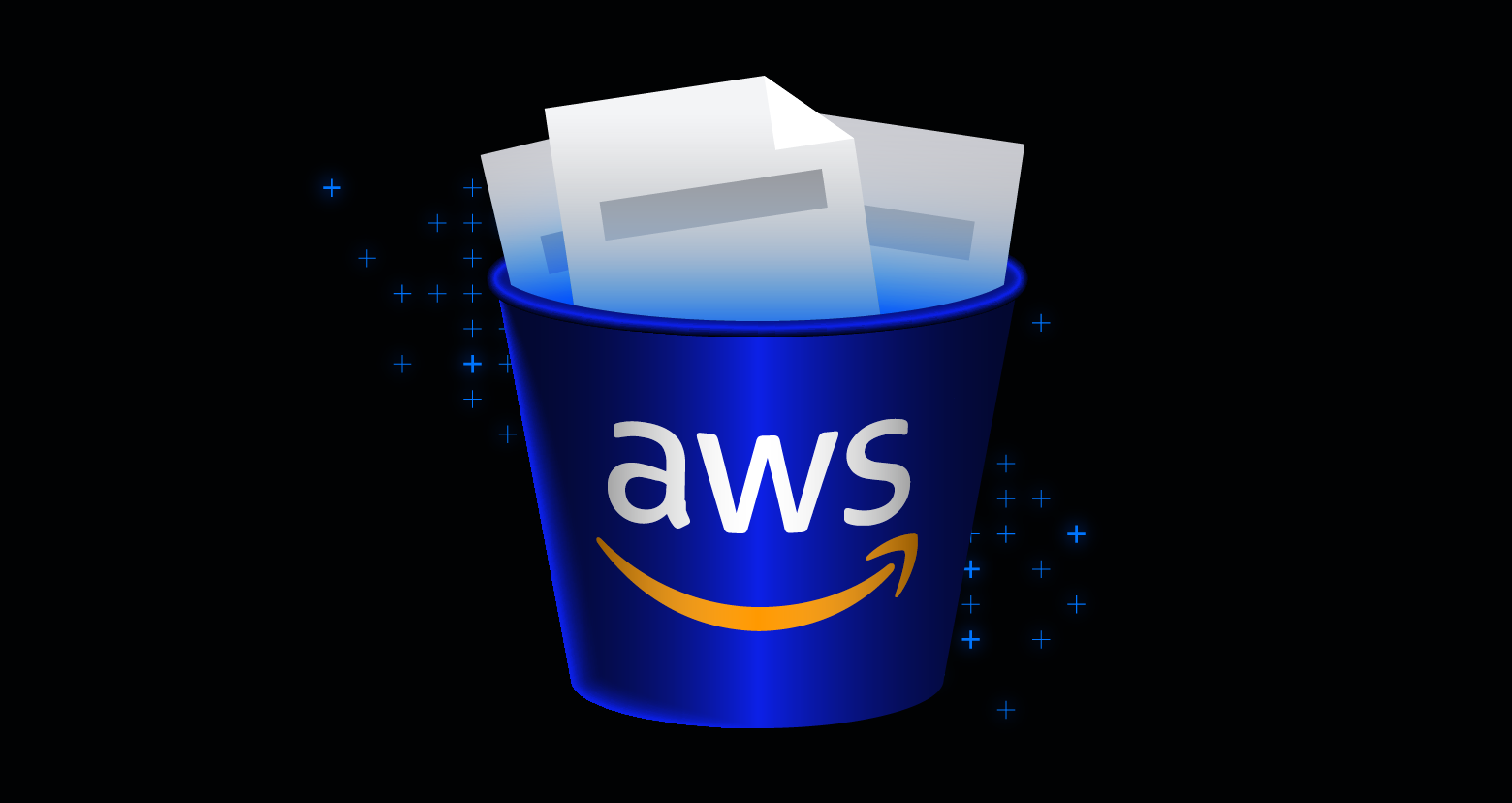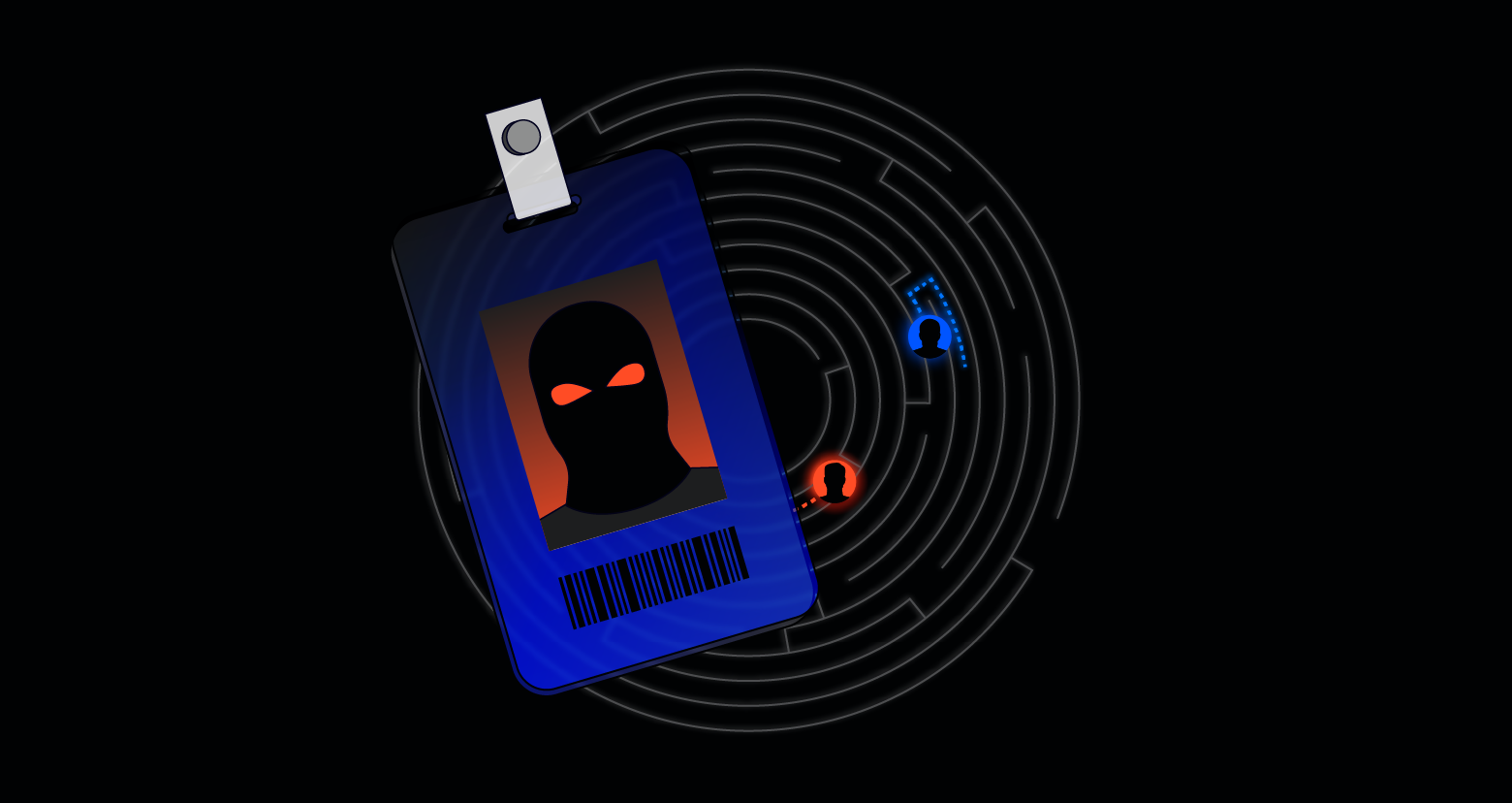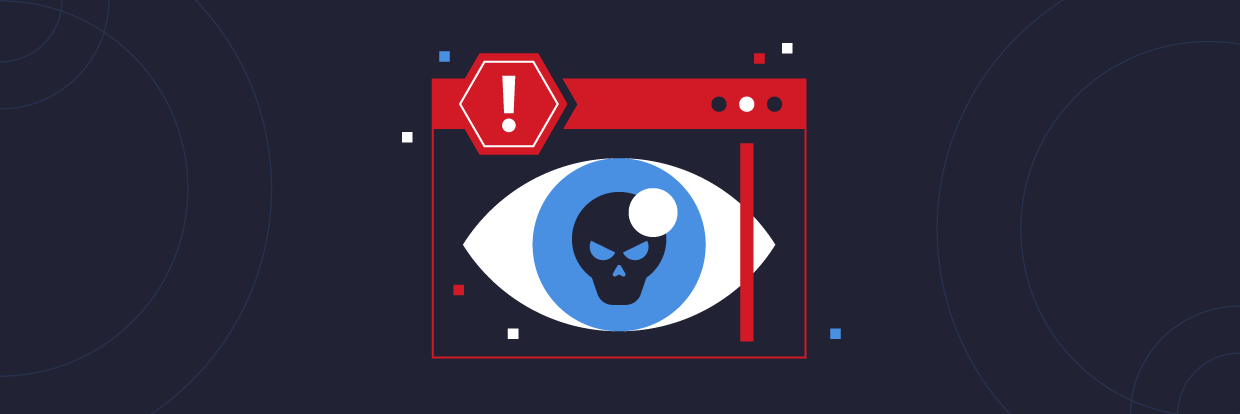A data leak can result in serious financial, reputational, and legal repercussions, whether caused by employee negligence, an insider threat, or a hack. When sensitive data is exposed, everything from social security numbers to health records can end up in the wrong hands.
Here’s what you need to know about data leaks.
- The difference between a data leak and a data breach
- Common culprits of data leakage
- The potential impact of a data leak
- The results of a malicious data breach
- Data leak prevention tips
Data leak vs. data breach
The difference between a data leak and a data breach is often the intention.
A data breach occurs when a malicious actor successfully attacks a system and can result in a data leak.
A data leak can also occur unintentionally when security gaps, misconfigurations, or employee negligence expose sensitive data. For example, a database might be left unsecured, inadvertently exposing sensitive data to the entire internet.

Nine common culprits of a data leak
There are several reasons why a data leak occurs:
1. Unsecured cloud data
Even with built-in security capabilities like those provided by AWS or Azure, there are so many options for identity management, and access controls that data can easily become exposed.
2. Poor permissions management
The average company has more than 17 million files open to every employee. Over-permissive access can easily result in a data leak, whether on purpose or by accident.
3. Insider attack
Unscrupulous employees may misuse their credentials for numerous reasons, whether monetarily or personally motivated. In any case, insider threats are a prime cause of data leaks.
4. Cyberattack
A data leak can occur due to a malicious attack, such as phishing, a brute-force attack, or compromised employee credentials.
5. Third-party applications
Third-party applications often create SaaS-to-SaaS connections that sync data from your sanctioned cloud to the third party’s cloud. This creates the risk of data leakage, especially if the third-party provider has weak security practices.
6. Misplaced devices
A misplaced device can easily result in a data leak. A forgotten laptop or phone might allow a competitor to access trade secrets, personal details, credit card information, and intellectual property, or it could even lead to a malicious actor posting stolen sensitive data on the dark web.
7. Misplaced devices
A misplaced device can easily result in a data leak. A forgotten laptop or phone at an event can result in a competitor’s employee accessing trade secrets, personal details, credit card information, and intellectual property or could even lead to a malicious actor posting stolen sensitive data on the dark web.
8. Forgotten data
As an organization scales, grows, and changes technology, tools, and vendors, data can easily be misplaced, forgotten, and become stale. Think of orphaned snapshots and deactivated sites.
9. Generative AI copilots
The most common AI use cases include generative AI-based applications, like Microsoft 365 Copilot and Salesforce’s Einstein Copilot. However, these tools can easily surface sensitive data and lead to a data leak — even if the user didn’t realize they had access to it.
The impact of a data leak
The risk of data leaks doesn’t only result in data loss. Data leaks can damage many parts of the organization, harming your company’s:
-
Reputation: Data leaks can be embarrassing at best. At worst, they may result in a significant trust issue that can impact a company’s valuation or shareholder value.
- Cost: The average cost of a data breach is estimated at $4.88 million and can range from expenses related to data recovery, investigation of the incident, and remediation at one end to steep legal and regulatory fines at the other.
-
Business continuity: Data leaks can be severe enough to interfere with a business’s ability to serve its customers.
-
Compliance: Data privacy laws like GDPR and CCPA mean that data leaks can lead to investigations for negligence and steep fines.
-
Customer retention: A high-profile data leak or one that exposes customer data can jeopardize customer relationships and negatively impact retention.
Bad actors and data leaks
A data breach occurs when a bad actor carries out a malicious attack. In these cases, data leakage is often just the beginning; the impacts can quickly escalate. Below are a few examples of how the results can intensify:
Data held for ransom.
In the past, ransomware attacks only involved encrypting an organization’s data via malware. That data was then held under encryption until a ransom was paid. Recently, however, sensitive data has often been exfiltrated before it's encrypted with ransomware, allowing attackers to leak portions of the data, putting additional pressure on organizations to pay.
Extorting the company.
If a malicious individual exploits an undiscovered vulnerability to cause a data leak, they might threaten to expose the breach on hacker forums, increasing the risk of further attacks on your organization.
Using the data to carry out other attacks.
If bad actors leak personally identifiable information (PII), other malicious actors can use that data to carry out a wide range of attacks, such as phishing, spamming, identity theft, and similar scams.
Going to your competitors.
Cybercriminals may try to sell your data to competitors who would benefit from learning any sensitive product, financial, or strategically important information.
Further damage to your organization.
If a bad actor obtains passwords and other credentials tied to your organization, they may be able to access important accounts and cause further damage to your organization.
Infamous data leaks
On May 1, 2024, Dropbox disclosed a cybersecurity breach in which hackers abused a service account to infiltrate Dropbox Sign’s production environment and access customer data, including emails and usernames. In some cases, the threat actors accessed phone numbers, hashed passwords, and other authentication-related details like OAuth tokens, MFA keys, and API keys. Learn more about the Dropbox Sign data breach.
Not all major security breaches stem from sophisticated attacks, however. National Public Data inadvertently published the passwords to its back-end database in a file freely available from its homepage. The lapse in security exposed the data of 2.9 billion people, including social security numbers, addresses, and phone numbers. Before the breach was addressed, a cybercriminal group was able to access and sell the stolen information.Data leak prevention tips
To minimize data leak risks in your organization, implement tools and procedures to secure sensitive information and manage access effectively.
Use multifactor authentication.
One of the more common ways a bad actor can cause a data leak is through account takeovers. Organizations that don’t have strong authentication measures are exposed. MFA significantly improves account security, and organizations should require it when possible.
Monitor third-party risks.
Your third-party vendors, SaaS partners, and database infrastructure providers house essential information. You need to ensure that these companies or applications are free of known vulnerabilities and configured securely.
Discover and classify sensitive data.
Without understanding where your sensitive data resides and how sensitive it is, preventing data leakage is nearly impossible.
Manage your employees’ access and privileges.
Not every employee should have access to your most sensitive data. You should enforce a least privilege policy and limit admin privileges, permissions, and critical data access to only those employees who require it.
Don’t wait for a breach to occur.
Organizations should prioritize preventing data leaks as a crucial aspect of their security measures.
Varonis is a leader in data security, fighting a different battle than conventional cybersecurity companies. Our cloud-native Data Security Platform continuously discovers and classifies critical data, removes exposures, and detects advanced threats with AI-powered automation.
Curious to learn more? Schedule a demo.
What should I do now?
Below are three ways you can continue your journey to reduce data risk at your company:
Schedule a demo with us to see Varonis in action. We'll personalize the session to your org's data security needs and answer any questions.
See a sample of our Data Risk Assessment and learn the risks that could be lingering in your environment. Varonis' DRA is completely free and offers a clear path to automated remediation.
Follow us on LinkedIn, YouTube, and X (Twitter) for bite-sized insights on all things data security, including DSPM, threat detection, AI security, and more.







